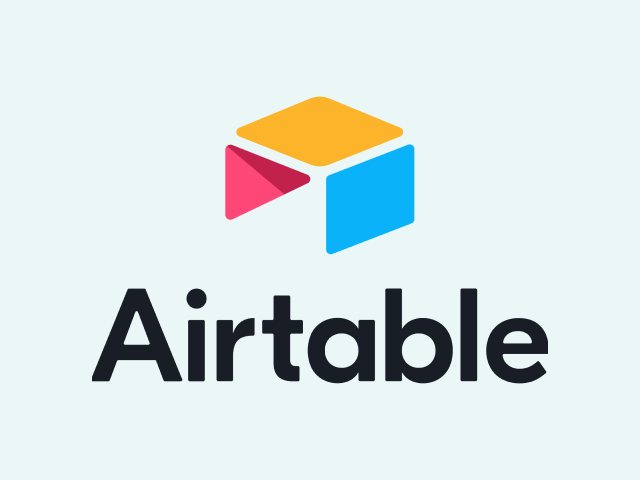In the digital age, small businesses are constantly seeking ways to streamline operations, enhance productivity, and stay competitive. One of the most effective strategies to achieve these goals is through the smart utilization of software. However, with a plethora of options available, small business owners often find themselves at a crossroads: should they opt for off-the-shelf solutions that are less customizable but more affordable, or should they invest in bespoke software that can be tailored to their exact needs but comes with a higher price tag? In this comprehensive guide, we’ll explore how small businesses can leverage affordable business software to their advantage and when it might be appropriate to consider building custom software.
Understanding Off-the-Shelf Software Solutions
Off-the-shelf software refers to ready-made applications that are designed to cater to a broad audience with common business needs. These solutions are typically cost-effective and can be quickly deployed within your business infrastructure. The primary advantage of off-the-shelf software is its affordability. Small businesses can access a wide range of functionalities without the hefty investment required for custom development.
Moreover, these solutions often come with reliable customer support and regular updates, ensuring that your business stays up-to-date with the latest technological advancements. Examples of such software include accounting packages like QuickBooks, customer relationship management (CRM) systems like Salesforce, and project management tools like Trello.
The Case for Bespoke Software Development
While off-the-shelf software can be a boon for many small businesses, there are scenarios where bespoke software development is the better route. Custom software is developed specifically for your business, taking into account every nuance of your operations, workflows, and unique challenges. This high level of customization means that the software can do exactly what you need it to do, potentially giving you a competitive edge.
Bespoke software can be more expensive and time-consuming to develop, but the long-term benefits can be substantial. It allows for scalability and flexibility as your business grows, and you won’t be paying for unnecessary features that off-the-shelf software might include. Additionally, owning the software means you’re not tied to recurring subscription fees, which can add up over time.
Making the Right Choice for Your Business
Deciding between off-the-shelf and bespoke software is not a one-size-fits-all solution. Small businesses must consider their budget, immediate needs, and long-term goals. If your business requires specialized functionality that cannot be met by existing software, or if you anticipate rapid growth that will necessitate a scalable solution, investing in custom software might be the right decision.
On the other hand, if your needs align with the features provided by off-the-shelf software, and you’re looking for a quick and cost-effective solution, then these readily available applications could be the perfect fit. It’s also worth noting that some off-the-shelf software offers a degree of customization, which can be a middle ground for businesses with specific but not entirely unique needs.
Small businesses have much to gain from the strategic use of software. Whether you choose off-the-shelf solutions for their affordability and convenience or invest in bespoke software for its tailored fit and scalability, the key is to align your software choice with your business objectives. By carefully assessing your needs and resources, you can make an informed decision that will support your business’s growth and efficiency.
Remember, the right software can transform the way you operate, opening doors to new opportunities and enabling you to deliver exceptional value to your customers. Take the time to explore your options, and don’t hesitate to seek expert advice if you’re unsure about the best path forward.










